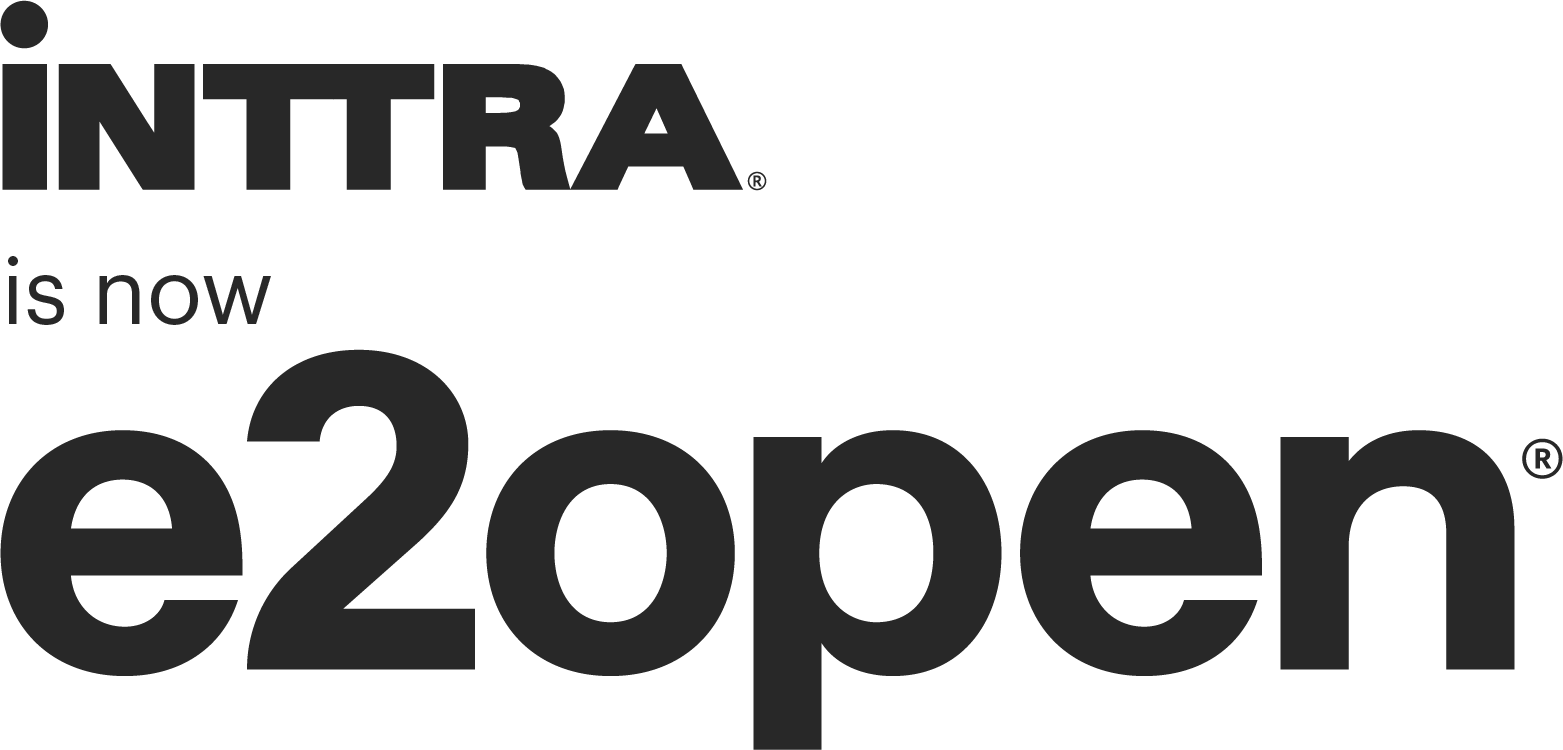JOC – Continued INTTRA growth hinges on bringing shippers into digital age
By Hugh R. Morley
Although shippers are increasingly relying upon digital technology, it is believed that roughly half of container shipments are processed manually without the use of an online platform.
INTTRA’s continued breakneck growth in handling container shipments through its web-based transactional platforms may rest on whether the company can convince shippers still tied to phone-and-fax ordering to change with the times.
Whether the holdouts embrace INTTRA, which bills itself as the dominant provider of services to electronically book and track containers, could also signal the extent to which the container shipping industry adopts other web-based platforms and applications. The New Jersey-based company said the number of container transactions it processed in the first six months of this year rose by 17 percent compared with the same period in 2015 — to 18.4 million containers.
Still, half the containers worldwide shipped each year are processed manually — using phone, fax, email, or some combination — rather than through an online platform, the company said. To help make the platform attractive, INTTRA has in recent months created several “dashboard” data analysis tools to help customers. But convincing those technologically shy shippers to embrace electronic information processing will require the company to change the mindset, habits and even corporate culture of some shippers.
“These trends are changing rapidly,” INTTRA’s CEO John Fay, said of the uptake of technology, adding that “digital shipping management is now a competitive necessity.”
“I think around 50 percent is a tipping point, for the industry,” he said. “I think we are past that tipping point where you are either digitalized in your process, or you are working on it, or you wished you had … When I talk to customers, that’s the feedback. It’s not a question of whether or not they will shift to electronic and digitalization of the process, it’s when.”
INTTRA said about 26 percent of all containers moved worldwide are logged on to its electronic platform. And the company’s success in increasing that figure may also reflect how ready the industry is to fully accept technology of all kinds in the booking and administration of container shipments.
The effort comes as the shipping industry’s woes, and plummeting container prices, have placed a premium on cost cutting and efficiency — for which technology can provide solutions. And a slew of venture-capital backed startups are trying to harness digital power to introduce dramatic change into the freight forwarding process, which is also heavily reliant on old-school administration processes.
While some companies use little or no data or analysis, “there is a very strong trend toward more information,” among INTTRA’s biggest customers, Fay said. “Customers are just beginning to utilize over the last two or three years the data that’s available, which we have. And what’s happening now is a significant multiplication of the amount of data that’s available. As people start tracking refrigerated boxes, through satellite transmission and RFID cards, lots of cellular tags on boxes, that’s a real trend which will expand the amount of data available. Our job at INTTRA is to capture the data and give it to our customers.”
INTTRA, a derivation of “’international transportation and trade,” was founded in October 2000 as joint-venture between European ocean carriers, with investors that included P&O Nedlloyd, Maersk SeaLand, Mediterranean Shipping Co., CMA-CGM and Hamburg Sud.
The company, with 180 employees in six offices worldwide, said it now has a network that on one side includes 60 ocean carriers, and on the other side, 110,000 shippers. Key to the company’s continued success, Fay said, is that it is a “neutral” platform that doesn’t encourage customers to use a particular carrier.
The difficulties of the carriers have had little impact on INTTRA’s business, Fay said. One reason is that revenue from the company’s core business, its electronic platform, is largely per-transaction, and that remains strong regardless of carrier turmoil, as long as the volume of containers is the same, company executives said.
Future growth will depend in part on INTTRA converting those shippers who do not yet use an electronic platform, and that involves understanding their situation, Fay said. One reason shippers don’t embrace electronic processing is the investment of time and money required to rework processes — which many medium and small companies have balked at undertaking, he said.
Another reason, is that shippers who established processes years ago have been slow to cast them aside, said Fay, who attributed the reluctance to “human nature.” That’s especially true in developed countries, that have long shipping histories, he said. The U.S., for example, “is the least penetrated electronically,” Fay said. Conversely, the penetration of electronic processing is far higher in developing countries, such as Brazil, India and China, where companies had few previous processes to cast aside. As as these businesses grew they moved easily into electronic processing, creating systems as they went, he said.
Read full article from JOC here.




